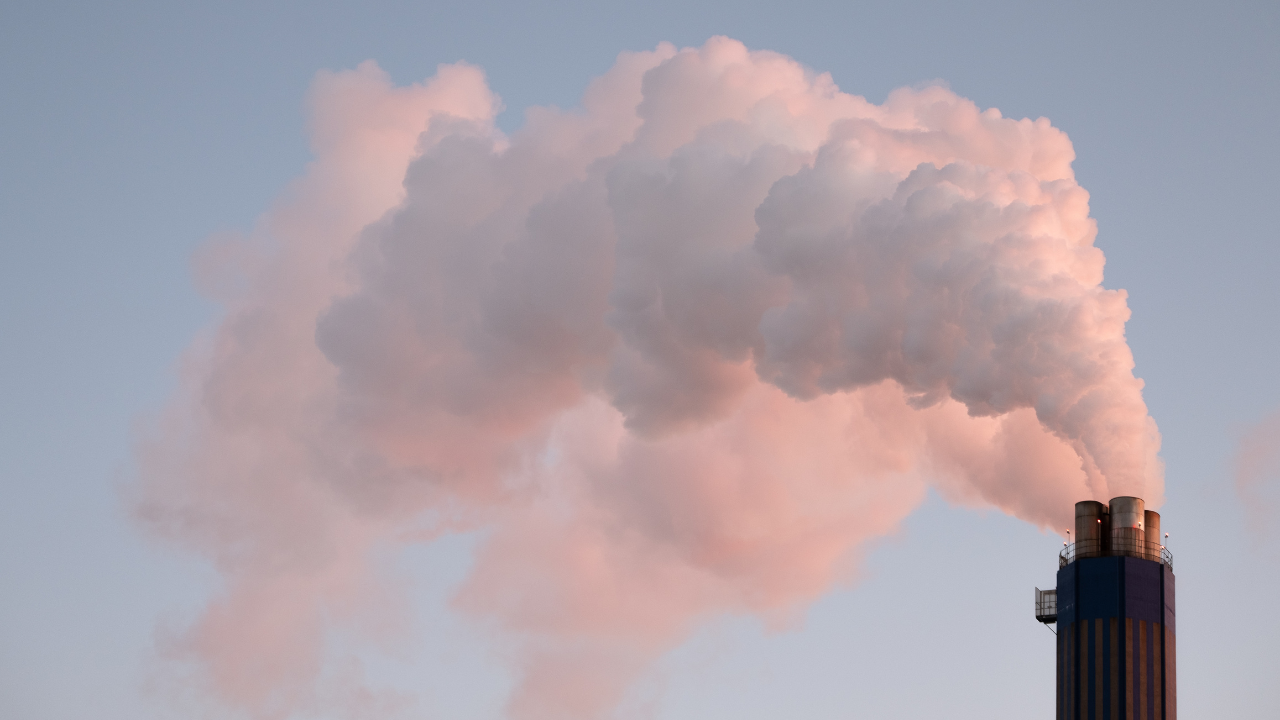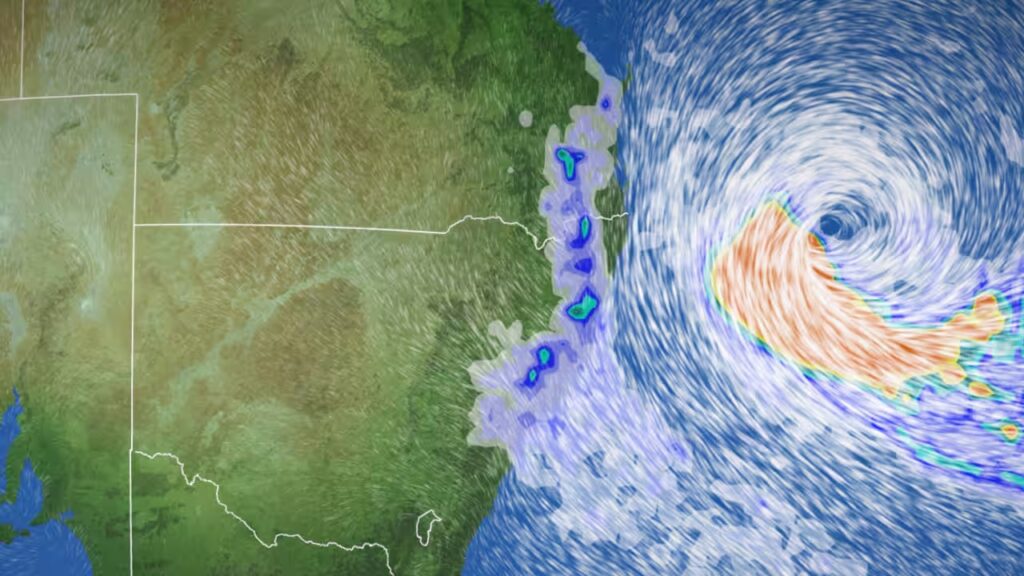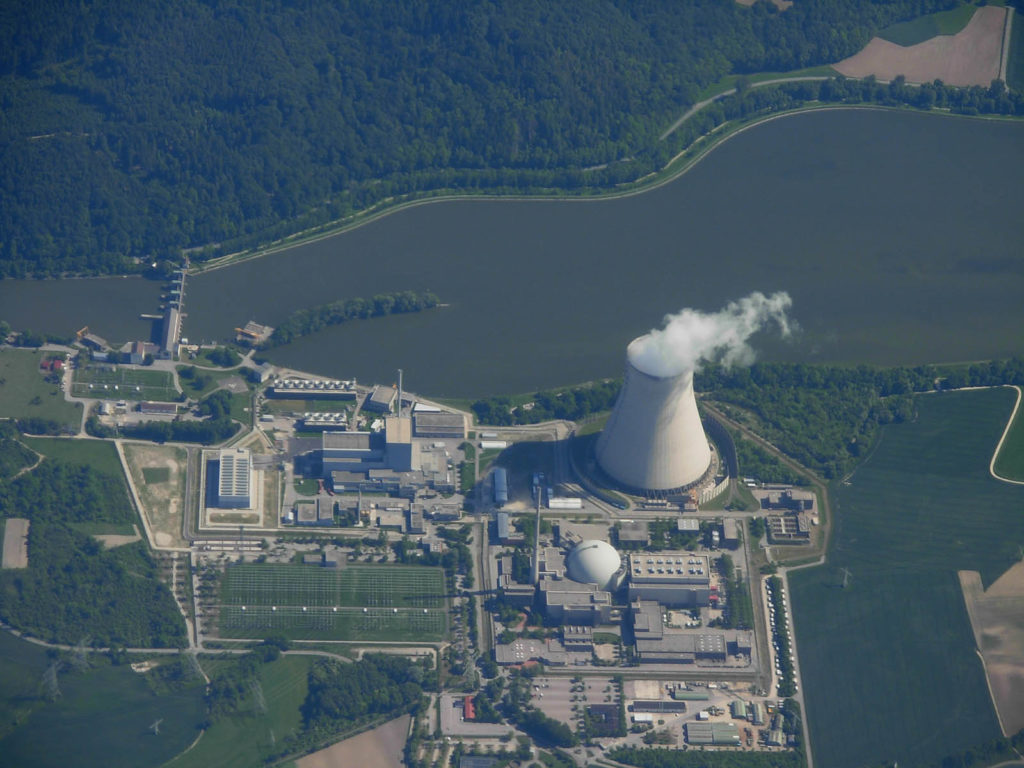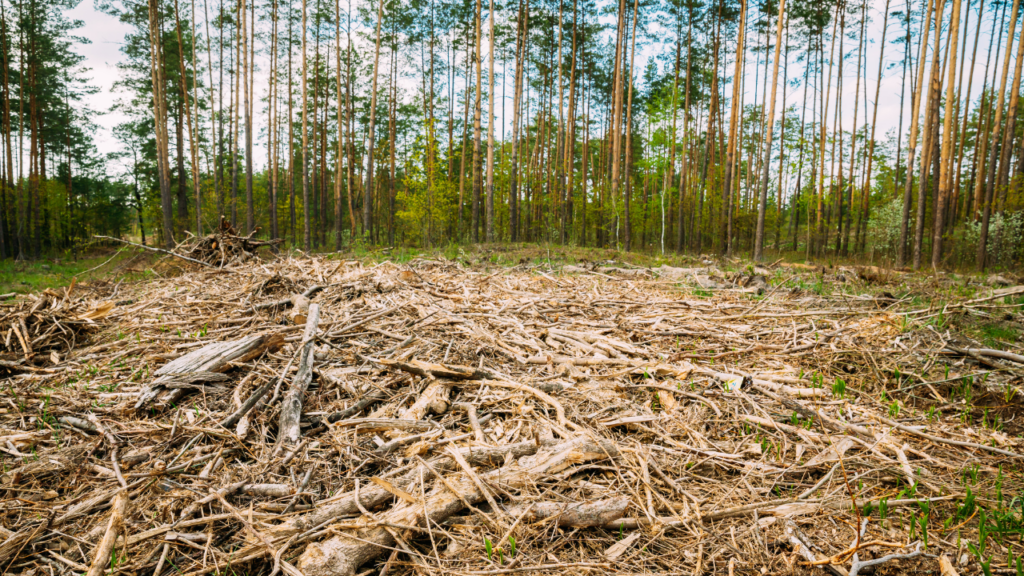We’re well into the federal election campaign, and the Liberal-National Coalition has released its so-called “National Gas Plan”. Unfortunately for Australians, it’s more of a sham than a plan, because it fails to deliver on energy security, power prices or cutting climate pollution. Here’s what we know so far about the Coalition’s gas scheme, and what it means for their credibility on climate change.
What’s the policy?
So far, we know the Coalition has committed to:
- Spending $1.3 billion on support for the gas industry, including $1 billion for new infrastructure like pipelines, and $300 million for a ‘strategic basin plan’ – basically, this is funding to support new polluting gas projects.
- Opening up the $4 billion Critical Minerals Facility to fossil gas projects. Let’s be clear: gas is not a mineral, let alone a critical one – and this is just another way of funnelling more public money into the pockets of multinational gas corporations.
- Allowing new and existing gas generators to join the Capacity Investment Scheme – a program that supports new renewable power and storage projects – despite gas only needing to play a small supporting role in future electricity generation, and producing significant climate pollution.
- Fast-tracking approvals of new and expanded polluting gas projects, including promising to approve the North West Shelf expansion in WA – which would generate 4.3 billion tonnes of climate pollution, equivalent to over one-fifth of Australia’s yearly emissions.
- Implement a gas reservation policy, which would aim to keep more Australian gas in Australia, rather than exporting it (about 80% of Australian gas production today is used for export). This policy would only apply to gas that isn’t already part of a long-term export contract, but it’s unclear how new contracts or new projects would work under the scheme.
It’s not yet clear how this gas plan fits into the Coalition’s broader nuclear energy scheme, which would lock in at least two billion more tonnes of pollution from coal, oil and gas.
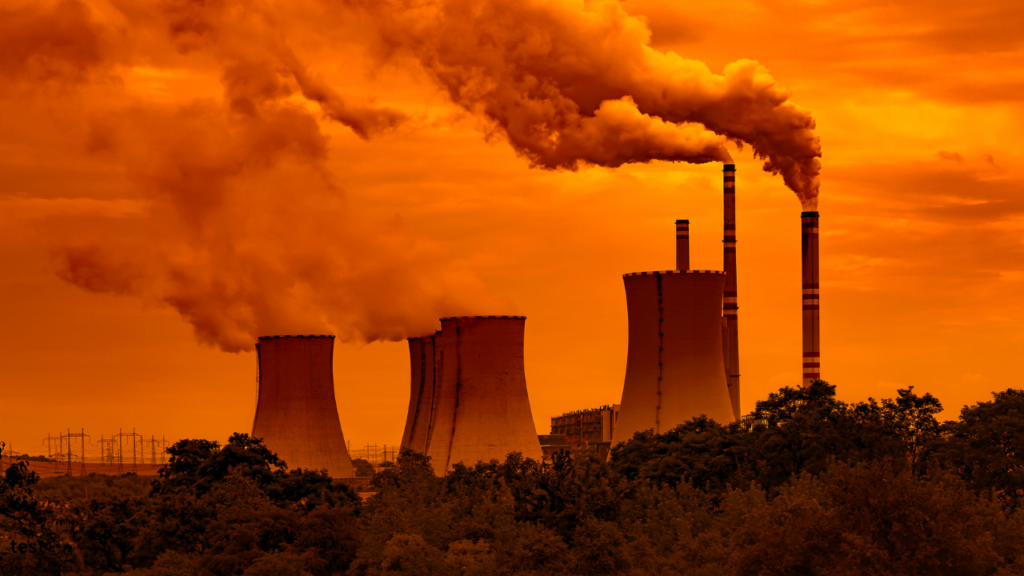
What are the flaws? More climate pollution, ignoring better options
Gas is a fossil fuel, and digging it up and burning it causes climate pollution. We used to use a lot of gas in Australia, but more recently, we’ve been moving away from this polluting and expensive fuel, and towards renewable power backed by storage – along with the rest of the world. While keeping more gas in Australia might make some sense (we’ll get to that later), investing more public money in gas is definitely a backward step.
Here’s three reasons why the Coalition’s gas scheme is concerning:
1. Climate change: more gas means more climate pollution
Australia needs to be cutting climate pollution as soon as possible, and stopping new or expanded coal, oil or gas projects is a critical first step. But this scheme includes lots of public funding to expand gas development, rather than cut it, with the Federal Coalition saying they will increase gas production “by the bucket load”.
Australians are already bearing the impacts of climate change, with climate pollution in our atmosphere leading to more frequent and intense extreme weather events that put Australian lives and livelihoods at risk. We can’t afford any policy that increases climate pollution and puts more Australians in harm’s day.
2. Energy costs: going big on gas ignores cheaper options available now
Time and time again, experts have concluded that renewable power is both the cheapest and cleanest form of energy available today. That means there are two things we need to do to get energy costs under control in Australia:
- Wherever possible, we need to be using electricity instead of expensive gas – for example, by swapping gas appliances for electric in our homes.
- We need to be generating our electricity from the lowest-cost sources which are wind and solar, backed by storage like big batteries and hydro power. This change is expected to reduce power prices by 13% by 2034, before the impact of inflation. In contrast, the Coalition’s plan would only reduce prices by up to 3%.
If we use more gas and coal in our power system, or use it for longer than we need to, Australian families will pay more for their power. With the Coalition promising to put billions of dollars towards more gas and ramp up its role in our power generation, our transition to cleaner and cheaper forms of energy would be delayed, with Australians left to foot the bill.
3. Energy security: putting public money into a risky, declining industry does nothing to replace ageing coal
Putting public money into gas does nothing to replace our ageing, coal-fired clunkers which will all retire in the next 15 years.
Gas has a shaky future, and isn’t a good use of public money. As we’ve already pointed out, we’re using less gas now than we once did, because it’s an expensive and polluting fossil fuel.
This change is happening overseas, too. Australia exports most of our gas to three big Asian nations: China, Japan and South Korea. But all of these countries are getting off gas, and prioritising renewable power.
At the same time, gas corporations globally are tripping over each other to pump more gas into the market. Sensing it’s now-or-never to make profits from their resources, gas corporations have invested heavily, and the supply of liquefied natural gas (the type of gas that is exported around the world on ships, including by Australia) is now expected to far exceed demand later this decade. With an over-supply already forecast, using public money to push for even more gas supply makes no sense.
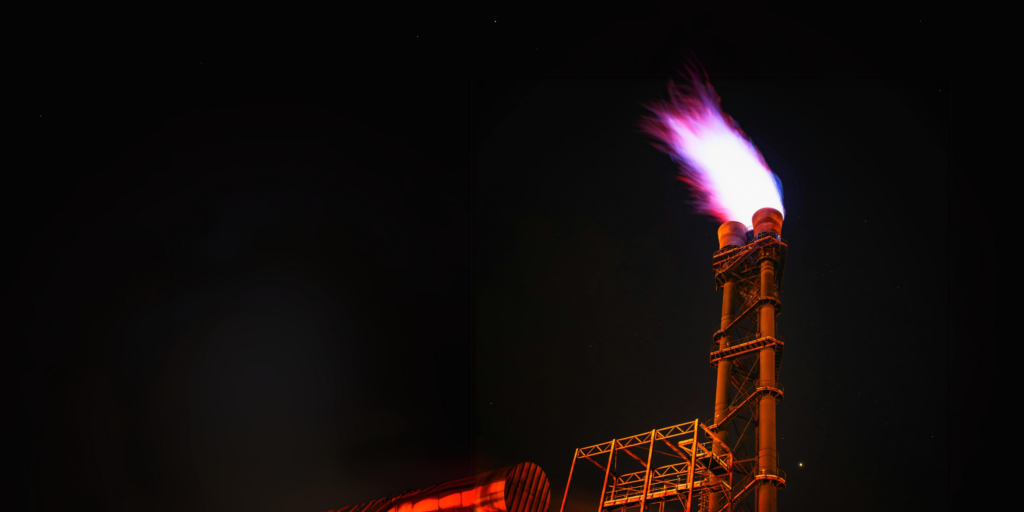
Is a gas reservation policy a good thing?
It’s true that Australia does not have a gas supply problem. We have a gas export problem.
Since Australia started exporting gas from our east coast market (specifically from Gladstone, QLD) in 2015, gas prices have more than tripled. More recently, analysts have warned that there might not be enough gas available for Australian users to buy – despite five-times more gas being produced than used in Australia.
The issue is that about 80 percent of our gas is exported overseas, leaving domestic users high and dry. While our gas use is dwindling (we’re already using 25 percent less than we were a decade ago), it’s important that we have enough gas to meet our remaining needs.
Keeping more Australian gas at home is a good way to meet this need, and it’s much better than building new gas projects, which only add to our climate pollution and put more money into gas corporation coffers. Unfortunately, this is where the Coalition’s gas reservation policy goes wrong.
We need to prioritise reducing our gas use as much as possible, and then think about meeting the remaining needs, but the Federal Coalition is taking the opposite approach. Their scheme would see Australia use more gas and build more gas projects, but also keep more gas in Australia. It’s a mixed-up policy, but it will have one clear outcome: using and extracting more expensive and polluting gas in Australia for longer. It’s time to get real. A genuine plan for Australia’s energy future needs to focus on powering past polluting gas, not doubling down on it.

